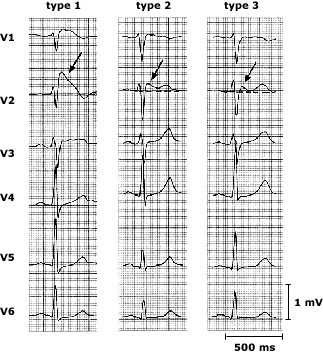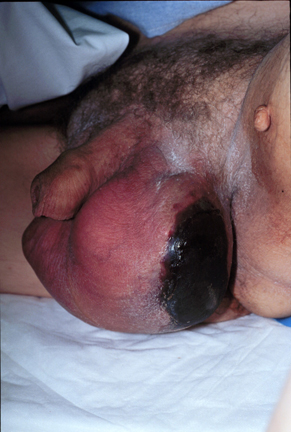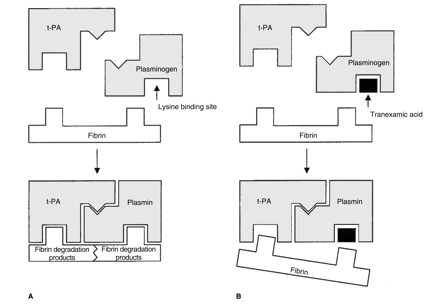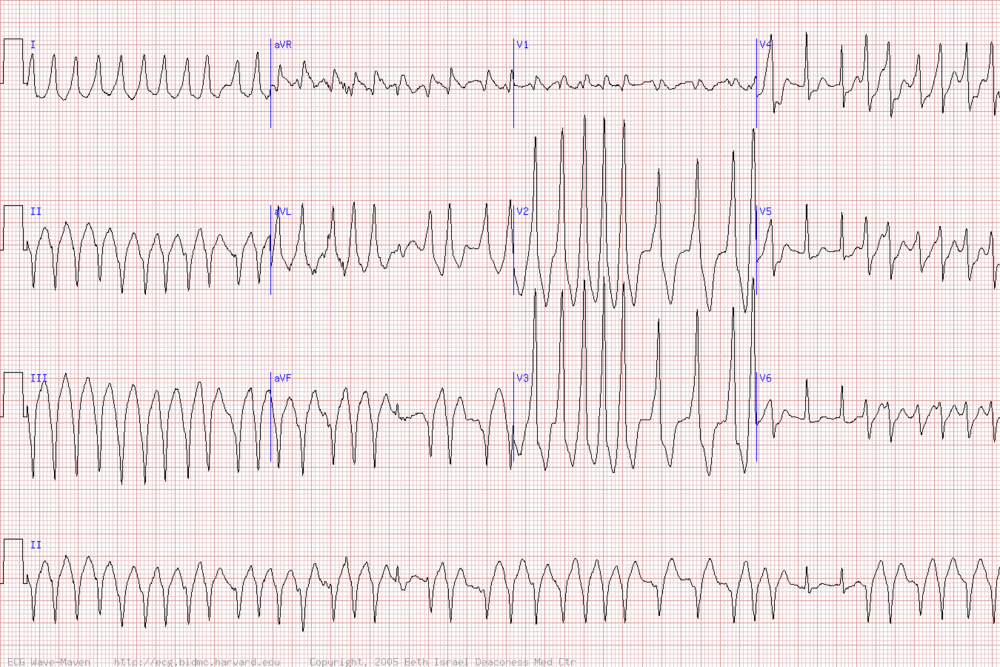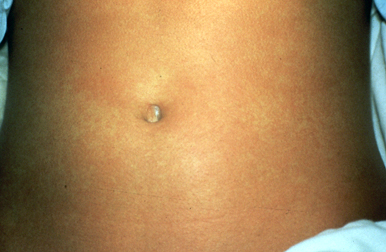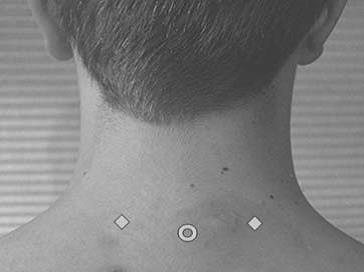Conference Notes 5-7-2013 There are pictues in this document. If you don't see them scroll to the bottom and click view in browser.
Please consider donating to our EM Foundation to benefit resident education/development. Thanks for your consideration/generosity.
/em-foundation/
A special shout out to all the Alumni who lectured and visited conference today. It was a blast to see everyone! Thank you to the lecturers and thanks to everyone who contributed to the outstanding discussion. These notes won’t do it justice.
Erickson/Tekwani Oral Boards
Case 1 Neonatal Chlamydial pneumonia and conjunctivitis Critical actions: Diagnose with conjunctival/nasopharyngeal culture. PCR not yet approved for infants. Treat for Chlamydia pneumonia with oral erythro for 14 days. You can’t just treat with topical ophthalmic erythromycin.
Case2 Torsed appendix testes Critical actions: pain control, rule out torsion, counsel parent that this is a benign process. Pain can be similar to torsion. Blue dot sign. Nl cremasteric reflex.
Case3 Acute chest syndrome Critical actions: IV antibiotics, consult hematology and start exchange transfusion. Causes: infectious (viral and bacterial etiologies)/pulmonary infarct/fat emboli. Diagnose based on new infiltrate with fever and chest pain.
Elise comment: You don’t need to treat torsed appendix testes with antibiotics. Some GU faculty request antibiotics to be given but there is no good evidence for antibiotics for torsed appendix testes.
Harwood/Elise comments: For the boards, no one would criticize you for working up the infant with suspected chlamydial pneumonia with cultures/urine/ lp for possible sepsis.
Dan Miller Class 2008 Real Life 5 years out as an Attending Case F/U’s
Case 1
16 yo male with sob. Pt had history of muscular dystrophy and a peg tube. HR=144, BP=43/22, T=35.2 R=44. No IV access. There was asymmetry of pupils. Abdomen was distended and tense. Med student gets an EJ line. Dan said if he had a redo he would have placed an IO line. Child was bolused up with normal saline. Antibiotics started. Vanco and zosyn was given. Zosyn was given first to cover gram negatives primarily. He was concerned that Gram negatives would be more likely to cause rapid demise.
Intubation with rocuronium and ketamine. Don’t use succinylcholine in kids with muscular dystrophy because you can cause severe hyperkalemia. Pt was difficult to bag. Abdomen was very distended. Very difficult to place ng or og tube. Xrays show alot of gas in abdomen and free air with tension pneumoperitoneum. Peds surgery attending percutaneously needle decompressed the abdomen. Vital signs improved and bagging became much more easy. Pt went to surgery and found to have fecal impaction and resulting bowel perforation.
Tension pneumoperitoneum: can occur after aggressive bagging, ERCP, volvulous, and others. Presents with hypotension, respiratory distress, and abdominal distension. Treatment is with 14g needle decompression (use paracentesis needle). Stick needle in anterior abdominal wall away from liver. Put pt in right lateral decubitus postion and stick needle lateral to rectus abdominus muscle. Pt will either need serial abdominal exams or go to the OR following needle decompression of abdomen.
Asmita comment: You could also decompress bowel through peg tube site.

Tension Pneumoperitoneum
Case 2
18yo college freshman presents with a seizure. Blood glucose level of 40. Pt denied any pmh. Hadn’t eaten for 2 days due to sore throat. HR=112, BP=106/77. Exam showed a severe pharyngitis. Rapid strep test was positive. UCG was negative. After feeding patient, her blood sugar trended back down to the 50’s. Pt started on D5.45, admitted. Signed out. Pt arrested in ER that night. Root cause analysis showed patient had known adrenal insufficiency and had stopped taking her meds because she disliked the side effects. She never told the ER staff or physicians about her diagnosis. Pt had 2 episodes of hypotension prior to coding. If you consider adrenal insufficiency you have to give hydrocortisone. Dan’s take home point: If you care about a specific pmh item you have to ask the patient more specifically about specific illnesses. These days, many patients cannot give a good pmh.
Elise comment: Recurrent hypoglycemia can be a clue to adrenal insufficiency. Dan Miller comment: If a patient has hypoglycemia, consider adrenal insufficiency. Ask about medications, check the lytes to see if pt has hypnonatremia/hyperkalemia which is a marker for adrenal insufficiency.
Harwood comment: In setting of hypoglycemia think adrenal insufficiency, oral hypoglycemic overdose, insulinoma, inborn error of metabolism, insulin abuse. ETOH in kids can also cause hypoglycemia.
Case 3
60yo male on ASA for CAD. Recent ankle surgery. Presented to ER after syncopal fall and head injury. Dan got the sign out. After sign out the departing team started heparin for syncope without telling Dan. Pt ended up having a small subdural that was missed on initial CT. Subdural increased and pt had to go to OR in AM. There was a discussion of the dangers of sign out to patient safety.
Josh Eastvold Class of 2010 EKG Ischemic Patterns
ST depression is a clue to ischemic EKG’s, both STEMI equivalents and subendocardial ischemia. Localized ST depression is strongly indicative of STEMI or STEMI equivilant.
Subendocardial ischemia does not localize in the ECG. Subendocardial ischemia is diffuse usually in infero-lateral regions. Patients will have diffuse st depression.
ST elevation in AVL may be very subtle. So compare it to the TP segment.
Localized inferior st depression, look for st elevation in high lateral leads. Also look for inverted t wave in V6.
Posterolateral STEMI Look for inferior st depression, st elevation in 1,avl and st depression in left precordial leads (V1-3).
True posterior STEMI has horizontal st depression flowing into an upright large T wave (mostly in left precordial leads V1-3). Pt also has tall R waves. If st depression is more prominent in right percordial leads (V4-6) it is more likely to be subendocardial ischemia.
High risk pattern: Twave inversion in AVL and ST depression in 1 and AVL.
If unsure if EKG is ischemic: 1. get multiple serial EKG’s. 2. Get bedside echo. 3. Consult cardiology.
You never see localized ST depression in a non-STEMi or STEMI equivilant. Benign early repolarization never localizes to the inferior leads.
Inferior STEMI’s are frequently seen in association with posterior STEMI’s
Only 50% of anterior STEMIs have reciprocal changes.
New tall t wave in V1 is a marker for ischemia.
There was a discussion lead by Erik Kulstad that there is not strong data to support doing caths on patients who have NSTEMI’s. Josh Eastvold said his reading of the literature supports doing caths on true posterior MI’s.
Early repol in the anterior leads is always associated with normal to prominent r waves. If r waves are poor anteriorly it probably isn’t early repol.
Many of the difficult EKG’s Josh showed were made clearer by getting serial ekg’s. A big point of the lecture was get serial ekg’s.
QTC less than 390 is rarely a STEMI. (Nice pearl)
If you see a dysmorphic QRS “small ditzel QRS” it likely identifies an ischemic lead.
Tachycardia, with T wave inversion in leads 3 and V1-3 without T wave inversion in 1 and AVL think PE.

PE EKG
You can increase the EKG gain to highlight the inferior and high lateral leads that have subtle changes.
Jason Tomasello Class of 2010 Atrial Fibrillation
Treating afib with rvr: First look for treatable causes. Start treatment with Cardizem. Magnesium may also work well. Mag works particularly well in holiday heart.
Treating afib in the setting of sepsis: Digoxin was thought by the attending in the audience to be the best option.
Animated discussion among audience about safety of digoxin: Most attendings felt digoxin was safe when given to sick elderly patients cautiously for rate control.
Treating afib in the setting of CHF: Diltiazem has some data to back it’s safety in this scenario. It is fairly neutral on blood pressure.
Afib with RVR and hypotension: Jason presented data that Amio bolus and drip may be preferred in this setting. Push dose pressors may raise BP enough to give meds. Other option is cardioversion.
Josh Eastvold suggested mast trousers in this scenario. This suggestion was met with healthy laughter.
Harwood comment: Afib is notoriously hard to cardiovert. You need to use high electrical doses. You can use the defib paddle to apply extra pressure to the zoll pad to improve electrical contact when cardioverting afib. Erik Kulstad: You can also press with your hand as there is no risk of being shocked.
Josh Eastvold comment: Hilarious but important anecdote. In the heat of battle, V-Fib can make you stop thinking and not be able to hook up the defibrillator zoll pads. Using the paddles and not using the zoll pads may be simpler and faster when a patient suddenly goes into V-fib.
Afib with RVR and hypotension failing cardioversion: High dose amiodarone (150 bolus followed by second 150 bolus and then a 2mg/min drip) is a consideration. Get Cardiology on consult if you are considering doing this.
Dan Miller comment: You could load with amio or procainamide and then retry cardioversion of unstable afib.
Target Heart Rate for rate control of afib with RVR is 120 or less. You don’t have to get to a heart rate of 80.
Lovell Patient Safety
Health Care Error: preventable adverse event or effect of care whether or not it is harmful.
Near miss: Error that did not reach the patient
Causes of Error include human factors, biases, medical complexity, and system failures.
The organizations that drive patient safety: #1 the Government. They are creating positive and negative financial incentives to drive safety initiatives. The ACGME demands that residents are involved in patient safety programs. ACMC has committed to a clinical environment with zero preventable errors by 2020.
Dan Miller comment: There are a lot of unintended consequences that can result from the drive to be error free. Elise reply: Agree. Examples such as over use of antibiotics for pneumonia or avoiding complicated or sick patients to avoid any risk of complications/errors.
Girzadas comment: At CORD meeting the Director of the ACGME presented data that the error rate that resident experiences in his training program (the level of patient safety in the training program) stays with him his entire career. Physicians continue to practice their entire careers at the level of patient safety they learned in their residency training. We thus have a huge responsibility to make our training program as safe for patients as possible. Not just for our current patients but for all our residents future patients.





